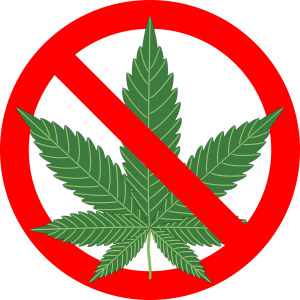
After I provided a brief introduction on the popularity of CBD oil and the precautions to consider with this latest sensation to hit the supplement shelves, in Part II I stepped back from the science for a little history lesson. Specifically, I highlighted the changes over time in the regulation of cannabis, from which CBD and marijuana are derived. Although this provided an overview with resources on the legality of this plant, the provisions regarding CBD oil is even less clear than for the medical and recreational use of marijuana. In fact, it’s downright muddy!
Therefore, before I continue with where we left off in Part III with a discussion of clinical trials, efficacy, and mechanisms of action of CBD, I thought it was best to clear up and wade through some of these residual “weeds.” (That never gets old!) Here’s why:
- You want to make sure you understand the legalities about the variations in restrictions and the access to the use of CBD oil.
- Due to its popularity and media attention, many companies are jumping on the “CBD bandwagon.” It’s important to consider profit motive and ethical practices of the product you purchase. For example, you want to ensure the following:
- the company has optimal quality control measures
- that there is identification of the cannabis species used for the extraction
- the extraction method
- the standardization and percentage of CBD and other cannabinoids present
Let’s dive into the current topic. Click here to read my latest blog. In it, will also provide the answer to the question, “Is CBD oil an essential oil?”
This material is for information purposes only and is not intended to diagnose, treat, or prescribe for any illness. You should check with your doctor regarding implementing any new strategies into your wellness regime. These statements have not been evaluated by the FDA. (Affiliation link.)
Disclaimer: This information is applicable ONLY for therapeutic quality essential oils. This information DOES NOT apply to essential oils that have not been tested for purity and standardized constituents. There is no quality control in the United States, and oils labeled as “100% pure” need only to contain 5% of the actual oil. The rest of the bottle can be filled with fillers and sometimes toxic ingredients that can irritate the skin. The studies are not based solely on a specific brand of an essential oil, unless stated. Please read the full study for more information.



